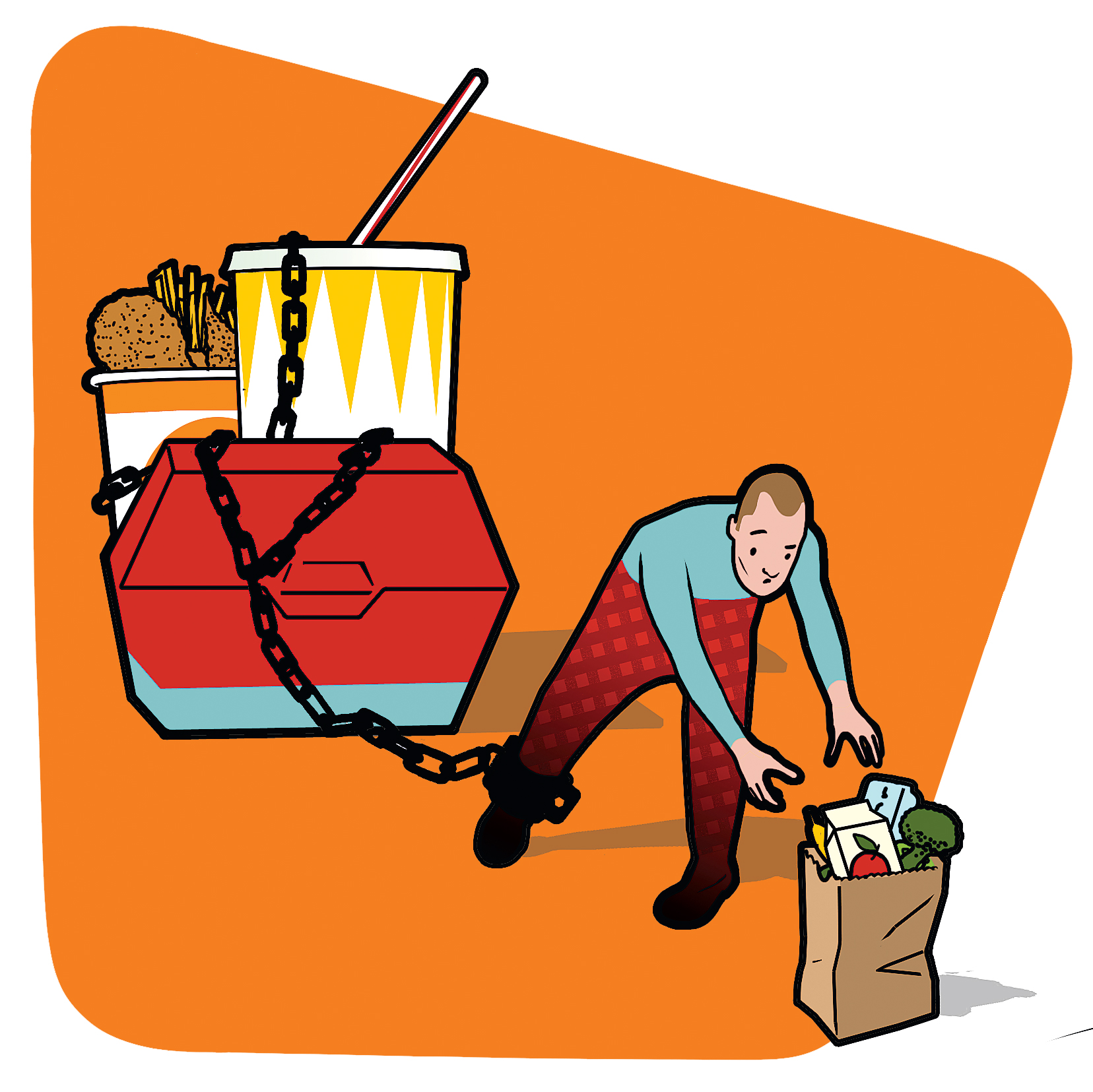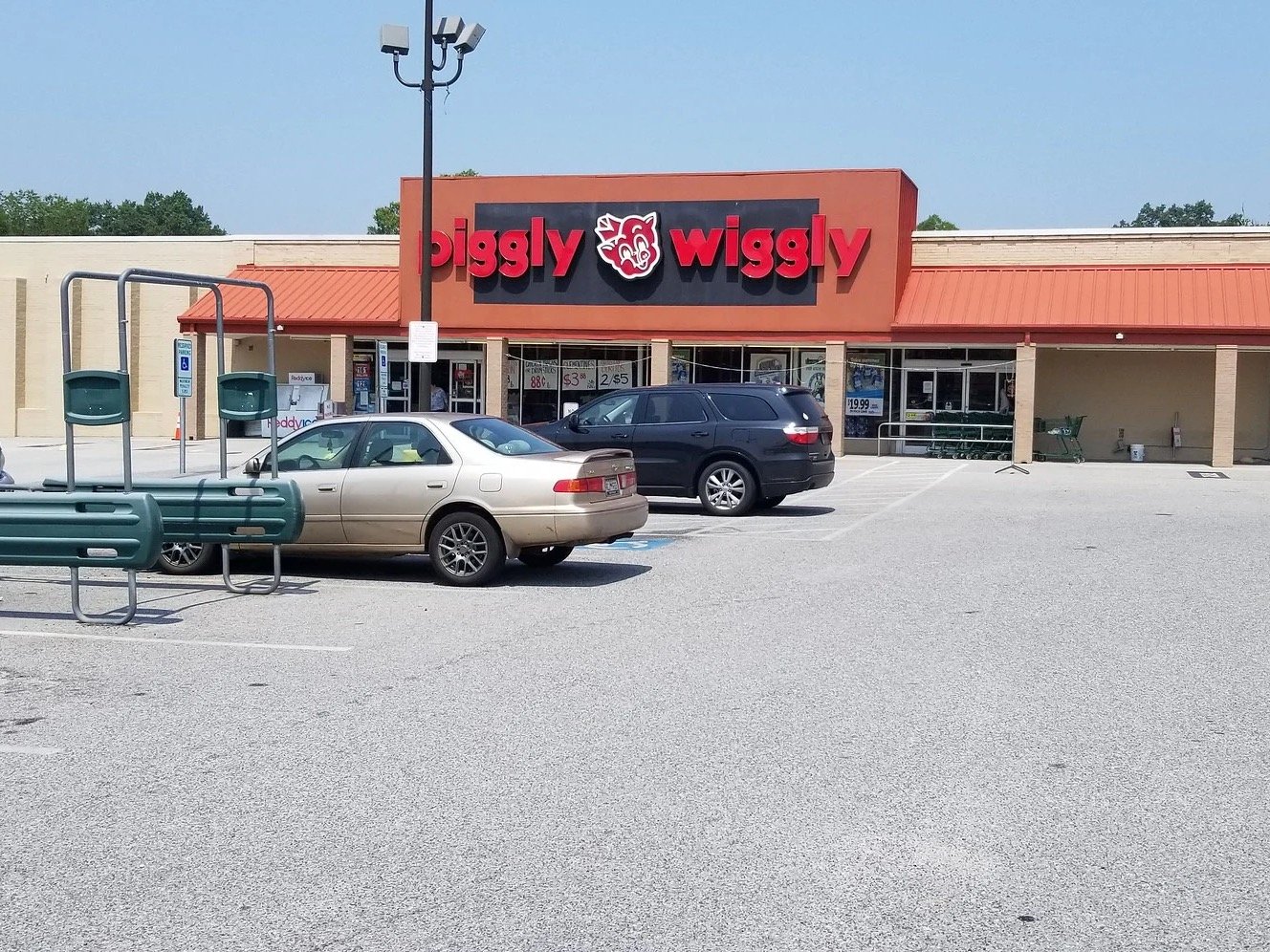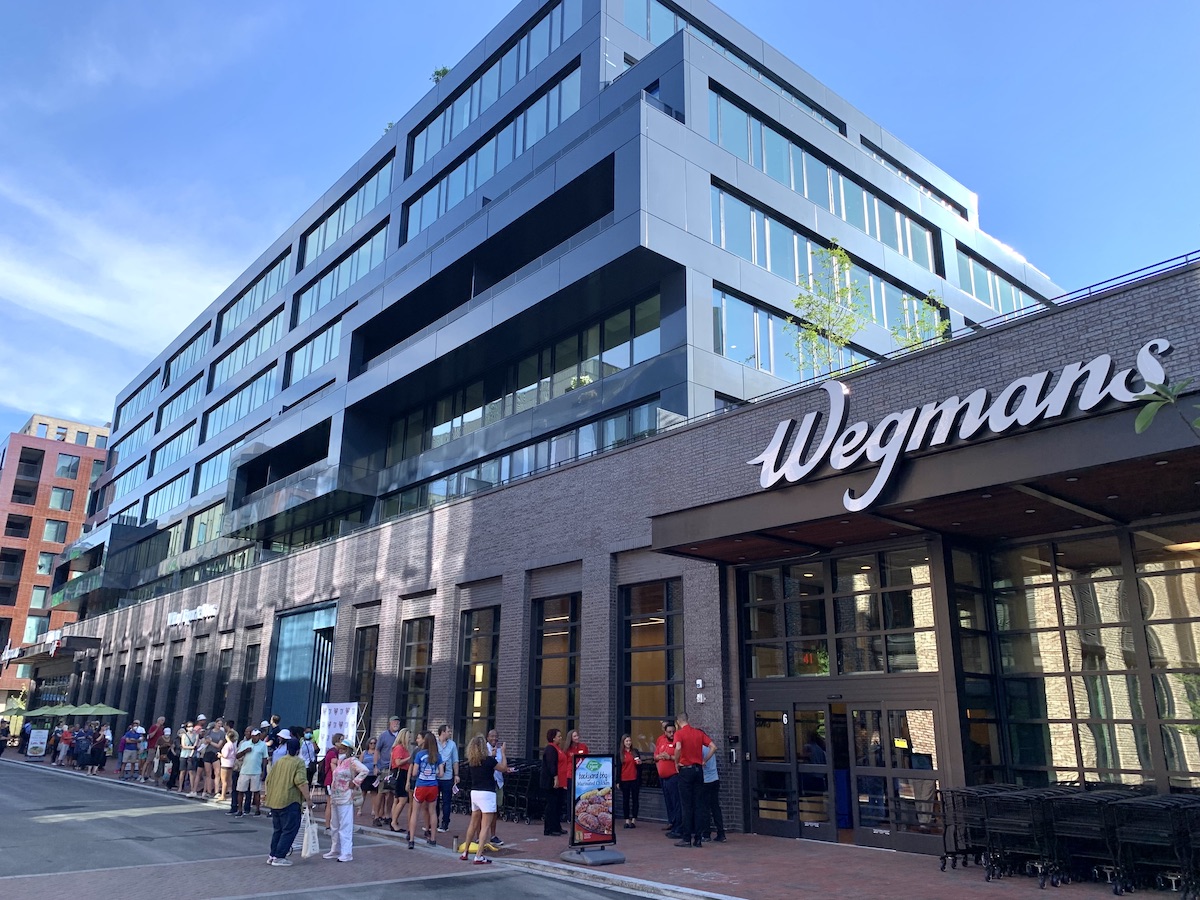To read more about how grocery stores have shaped Washington, click here.
Some affluent neighborhoods in DC have ten times as many supermarkets per person as its poorer neighborhoods. What’s the answer? Beverley Wheeler, director of DC Hunger Solutions, is working to figure that out.
What’s the Problem?
If you live in one of the fast-gentrifying corners of the city—say, Shaw or H Street—congratulations, you’ve never had more options when it comes to buying groceries. But in wards 7 and 8, east of the Anacostia River, people actually have fewer places to buy healthy food than they did a few years ago.
Beverley Wheeler’s group, DC Hunger Solutions, first evaluated the District’s grocery-store locations in 2010. “When we redid the study in 2016 and saw the loss in some neighborhoods and the boom in others, we talked to the grocery industry,” she says. In the interim, the city had offered grocers more incentives to come into District neighborhoods. “They told us the incentives were just icing on the cake, that they were going to go to the neighborhoods they were going to go to [regardless]. Their marketing strategy includes [evaluating an area’s] income level and education level.”
What’s the Impact?
“When you don’t have a grocery store, you end up with junk,” says Wheeler. There are health consequences, of course—wards 7 and 8 have the highest obesity and diabetes rates in the city—but also economic ones. Beneficiaries of the government’s Supplemental Nutrition Assistance Program (SNAP, a.k.a. food stamps) can’t use those benefits at fast-food places. If they can access only food sources like McDonald’s and Taco Bell, says Wheeler, “the income they need for rent or utilities or transportation gets spent on fast food.”
Why Should We Care?
Because, says Wheeler, “this is a solvable issue.” At the moment, many of the District’s most vulnerable residents—low-income elderly and disabled people—are in the toughest situation. They can’t use SNAP benefits to get food de-livered. If they live in Ward 8, which has only one grocery store, they may face a two-mile walk to Giant—or at best, a bus ride with a load of groceries.
How Do We Solve It?
One way is by convincing grocery stores that they can make a profit in low-income areas, says Wheeler: “Something people don’t understand is that for every $5 of SNAP funds spent, an additional $4 in retail is spent. You can get some serious income in some of those neighborhoods.”
This article appeared in the March 2018 issue of Washingtonian.

















